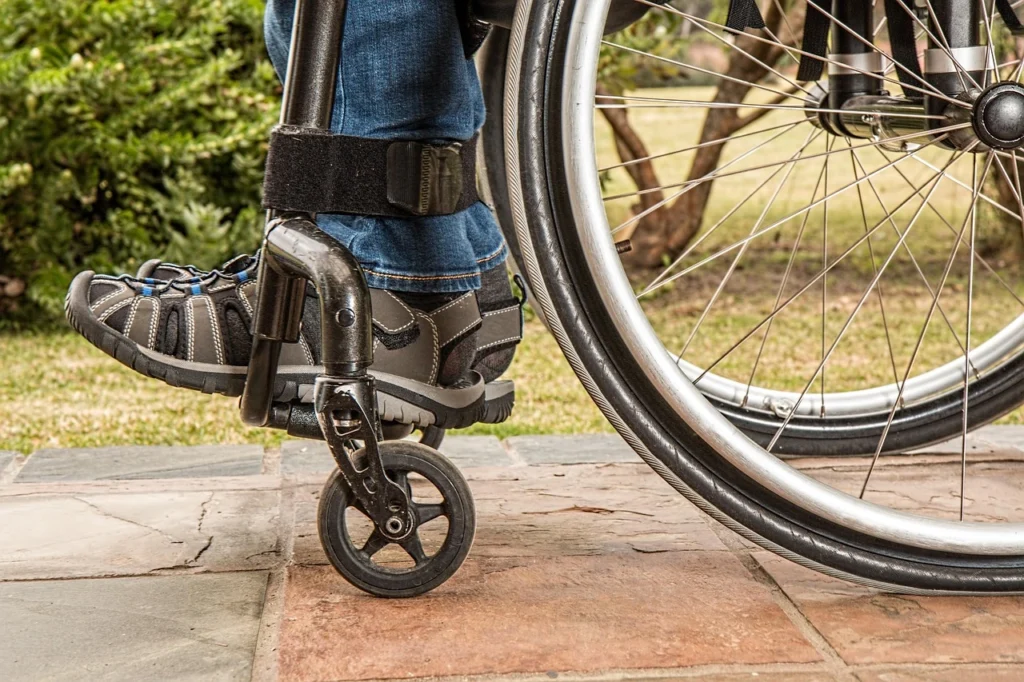Car accidents often leave victims with more than just vehicle damage. Among the most common—and most painful—injuries are those to the neck and back. These injuries can have lasting effects, impacting your ability to work, enjoy daily activities, and maintain financial stability. If you’ve been hurt in a collision, understanding your rights to neck and back injury compensation is essential. “Neck and Back Injuries After a Crash”
Why Neck and Back Injuries Are So Common in Car Accidents
The human spine and neck are highly vulnerable in auto collisions. Sudden impact forces can twist, compress, or strain the body beyond its natural limits. Even “minor” crashes like fender-benders often cause serious injuries.
Common neck and back injuries include:
- Whiplash – Sudden back-and-forth motion causing muscle and ligament damage.
- Herniated or bulging discs – Discs in the spine move or rupture, pressing on nerves.
- Fractured vertebrae – Broken bones in the spine requiring surgery or long-term care.
- Spinal cord injuries – In severe cases, partial or complete paralysis.
- Chronic back pain – Lingering pain that disrupts work and daily life.
Symptoms You Shouldn’t Ignore
Neck and back injuries don’t always show immediate symptoms. Adrenaline after a crash can mask pain for hours or even days. Watch for:
- Stiffness or reduced range of motion
- Tingling, numbness, or weakness in arms/legs
- Persistent headaches or dizziness
- Shooting pain in the lower back or down the legs
- Difficulty walking or standing
If you experience any of these, seek medical attention right away. Prompt diagnosis is critical not only for your health but also for your legal claim.
The Financial Burden of Neck and Back Injuries
These injuries often bring high costs, including:
- Medical bills – Emergency treatment, surgery, physical therapy, and medication.
- Lost wages – Missed workdays or reduced ability to perform your job.
- Future medical expenses – Long-term rehabilitation or chronic pain management.
- Lifestyle adjustments – Home modifications or assistive devices for serious injuries.
The financial impact can last months—or even a lifetime—making compensation vital.
How Compensation Is Determined
Compensation for neck and back injuries depends on several factors:
- Severity of the injury – Minor whiplash may result in lower payouts, while spinal cord injuries may warrant substantial settlements.
- Impact on daily life – Compensation increases if the injury prevents you from working or enjoying normal activities.
- Medical documentation – Strong evidence from doctors and specialists is key.
- Liability – Proving the other driver’s negligence establishes their financial responsibility.
- Insurance coverage – Policy limits and state laws can influence the final settlement.
Proving Your Claim
To secure compensation, you need evidence showing both the extent of your injuries and how the accident caused them. Useful documentation includes:
- Emergency room and hospital records
- Doctor’s notes and diagnostic imaging (X-rays, MRIs, CT scans)
- Physical therapy reports
- Pay stubs and employer statements to prove lost wages
- Journals tracking your pain, limitations, and emotional toll
The stronger your evidence, the harder it is for insurance companies to downplay your claim.

Common Insurance Company Tactics
Insurance adjusters often attempt to minimize compensation for neck and back injuries by:
- Claiming your injuries were pre-existing
- Arguing you’re exaggerating your pain
- Offering quick but low settlements before you know the long-term costs
- Requesting repeated medical evaluations to delay payment
This is why many victims turn to personal injury lawyers—to level the playing field.
Why Hiring a Lawyer Helps
Neck and back injury claims can be complicated, especially if symptoms are delayed or long-term. A lawyer can:
- Collect medical records and expert testimony
- Negotiate with insurance companies for full compensation
- File a lawsuit if insurers refuse to settle fairly
- Ensure deadlines (statute of limitations) are met
Victims with legal representation typically receive far higher settlements than those who go it alone.
Steps to Take After a Crash
- Seek immediate medical care – Even if symptoms seem minor.
- Document everything – Photos, police reports, and witness statements.
- Follow your doctor’s treatment plan – Skipping appointments can harm your case.
- Avoid quick settlements – Don’t sign anything without legal advice.
- Consult a personal injury attorney – The sooner, the better.
Conclusion
Neck and back injuries after a crash are serious, costly, and often life-changing. Understanding how compensation works is the first step toward protecting your health and your future. Don’t let insurance companies minimize your pain or financial struggles.
👉 Take action today. Get a Free Case Evaluation and let an experienced attorney fight for the neck and back injury compensation you deserve.
“Neck and Back Injuries After a Crash”

